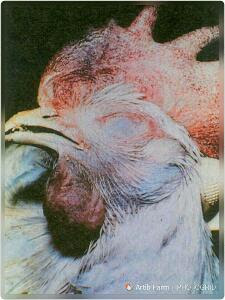How to Trim Chicken Beaks, Claws, and Spurs

A chicken’s spurs, claws, and beak are made of keratin; the same substance as your finger and toenails. This make them grow continually. Chickens in extensive system have their claws and beaks naturally wear down as they grow. But for intensive or backyard system, sometimes chicken beaks and claws grow too long and need to be trimmed. A rooster’s spurs, too, can grow too long for the bird’s comfort or safety. Beak Trimming Beak is used by chickens to gather food, explore and manipulating objects in the environment. Beak is also used for preening, nesting and engaging in social interactions. A chicken beak that grows improperly interferes with the chicken’s ability to eat and enjoy other activities necessary for its well-being. Chicken beak trimming is not the same as debeaking which refers to cutting so much from a beak that it remains permanently short to prevent cannibalism. How To Trim Your Chicken’s Beak * Wrap your chicken in a towel. This should keep them calm an...


